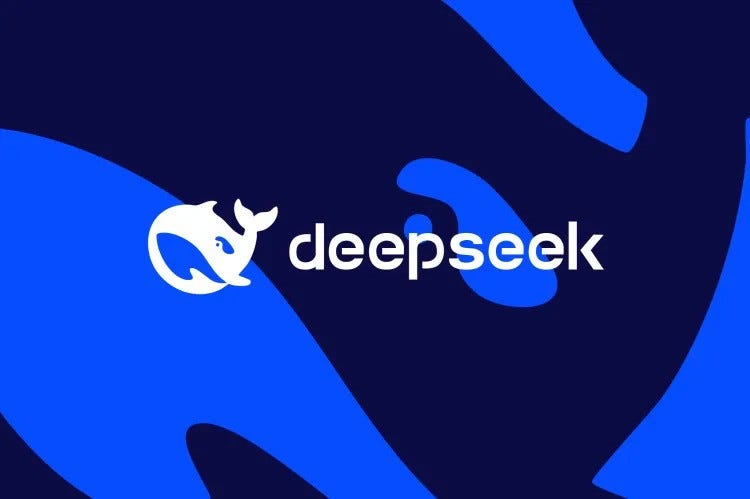Introduction
In a surprising shake-up of the global tech landscape, a new Chinese AI chatbot named DeepSeek has surged to the top of app download charts, even rattling U.S. markets and tech giants like Nvidia. Developed by a relatively unknown startup, DeepSeek offers capabilities that rival OpenAI’s ChatGPT, but with significantly lower development costs. This AI marvel has not only sparked international curiosity but also intensified geopolitical debates about data privacy, censorship, and innovation leadership.
1. What Is DeepSeek AI?
DeepSeek is a generative AI chatbot developed in China that functions much like ChatGPT. It is used to perform tasks such as text summarization, email drafting, and even basic coding. DeepSeek’s most recent model, R1, is built with advanced reasoning abilities, allowing it to simulate human-like problem-solving at a fraction of the cost of its Western counterparts.
2. DeepSeek R1 vs ChatGPT – How Do They Compare?
DeepSeek R1 reportedly rivals OpenAI’s o1 model in areas like coding and mathematics. Both are reasoning models, but DeepSeek uses significantly less memory and compute resources. This makes it more efficient and scalable for everyday users. Despite being trained on a limited budget of $6 million, DeepSeek competes with models that cost over $100 million to develop.
3. Who Created DeepSeek?
Liang Wenfeng, a finance expert and the CEO of hedge fund High-Flyer, is the visionary behind DeepSeek. He founded the company in December 2023, and his background in quantitative trading has informed the efficient architecture of the AI model. His ambition reflects China’s desire to transition from being a follower to a leader in the global AI race.
4. Market Disruption: The Nvidia Crash
DeepSeek’s breakthrough sent shockwaves through global markets. On January 27, 2025, the Nasdaq plummeted by more than 3%, and Nvidia’s stock fell by 17%, wiping out $600 billion in market value. Investors were startled by DeepSeek’s ability to deliver high-performance AI without the need for top-tier chips, undermining traditional assumptions in the industry.
5. Why Is DeepSeek Under Scrutiny?
Despite its success, DeepSeek faces international scrutiny over data privacy and censorship. Countries like Australia have banned it from government devices, and Italy has blocked the app altogether, citing security concerns. When questioned about the Tiananmen Square massacre, the app avoided the topic entirely—highlighting its built-in censorship mechanisms aligned with Chinese government regulations.
6. DeepSeek’s Strategic Tech Advantage
DeepSeek reportedly stockpiled Nvidia A100 chips before U.S. export bans took effect in 2022. It optimized performance by combining these with cheaper chips, reducing overall costs and memory usage. This efficient setup allowed it to outperform more resource-heavy models and reach millions of users quickly through platforms like the Apple App Store.
7. What Does DeepSeek Mean for the Future of AI?
DeepSeek’s rise challenges the narrative that only Western firms can lead the AI frontier. It exemplifies China’s “Innovation 2.0” strategy, pushing for self-reliance and technological sovereignty. While this progress is a point of national pride in China, experts warn it could lead to increased tech isolationism and splintering of global innovation efforts.
“The company’s success is seen as a validation of China’s Innovation 2.0, a new era of homegrown technological leadership driven by a younger generation of entrepreneurs.”
But she also warned that this sentiment may also lead to “tech isolationism”.
Conclusion
DeepSeek has not only become a household name in AI but also a symbol of shifting global power dynamics in technology. As it continues to develop and expand, the world will be watching closely. Whether it’s seen as a threat, an opportunity, or a wake-up call, one thing is clear: DeepSeek has forever altered the trajectory of global AI competition.
For more insights into AI and graphics tech, check out our latest review on the Nvidia RTX 4070 Super.
Sources: BBC News, Forbes, Counterpoint Research


